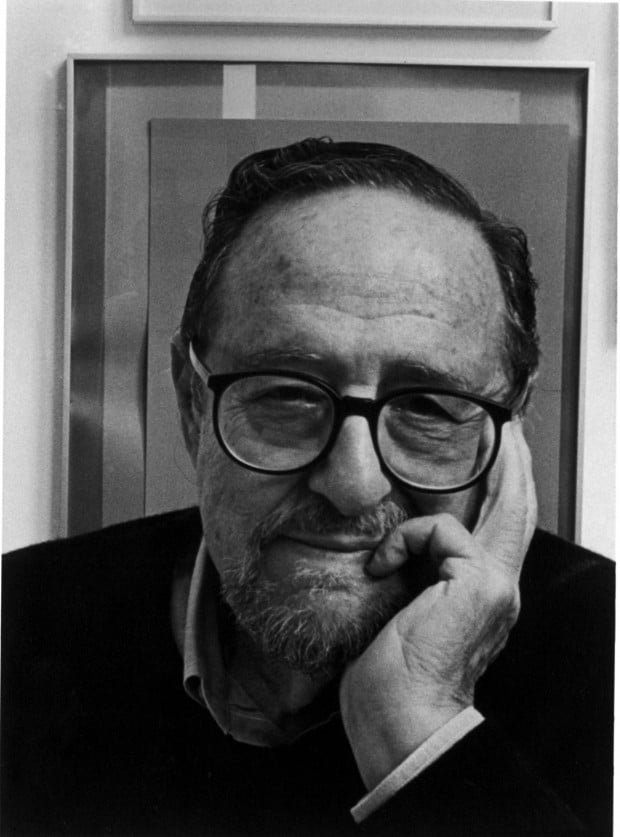Who is Francesca Stern Woodman?
Francesca Stern Woodman born on the 3rd of April 1958 was an American photographer and best known for her black and white images.
Francesca was born in Denver, Colorado. her Jewish mother names Betty Woodman and her father from a Protestant background, George Woodman who were also both artists. Woodman also had a brother who grew up to become a professor of electronic art. overall Woodman had a fairly creative and artistic family. From the age of 13 is where Woodman really learnt her love for photography whilst attending a public school in Colorado, whilst she wasn’t in Italy with her family. Moving on to high school in 1972 where she attended Abbot Academy. This is when she concentrated on developing he skills and overall perspective on photography and graduated in 1975. After her excellent performance at her middle school she was then able to go on to attended Rhode Island School of Design in Providence, Rhode. In 1977 she studied in Italy as part of a honors program. Graduating in 1978. In 1979 Woodman decided to more to New York to ”make a career in photography”. Woodman worked hard for a long period of time sending of portfolios to anyone that would have a look and consider them. however still in 1980, woodman had not yet been successful. This was Woodman’s lowest time as that same year she attempted suicide and after recovery moved to live with her family in Manhattan, where she could rebuild herself- well that what her parents thought. soon to be proved wrong when on January 1981 Woodman jumped out of a loft of a building and died at the age of twenty-two.


Visual:
Francesca Woodman’s images are always portrayed with such a strong once looking at them. In this image you see an empty room which some what looks dirty with the walls being marked. The room gives off a cold feeling and lonely feeling with the image of the woman, doing what looks like reaching down to the floor. However her whole figure is distorted and blurred so you are unable to see any feature of her body or face. Although her shoes are still in fair quality this will be down to the fact she hadn’t yet moved when the photo was being taken. By being able to see her shoes it implies a woman is being photographed due to the high heels that are worn. The woman is positioned to the left of the image and what feels fairly manipulated to be presented as far away from the camera right up near the wall.
Technical:
In this image there is a clear representation of shadows being produced this could have been effected by natural daylight shining in through the window. The main focus of the image is the woman who is located on the fair left and positioned far back at the wall from the camera. It’s clear that for this image to have the appearance it does the camera must have had an extremely low shutter speed in order to create the blurriness of the figures movement. To me this image is displaying a mixture of texture with the wall and floor almost feeling gritty and unsmooth compared to the figure who is over ‘’smooth’’ in the sense that there are no lines or clear outline to the woman creating a distorted feeling to the image.
Conceptual:
How does this image make you feel? The image present the feeling of loneliness this is represented through the feeling of the rustic empty and oversized room. With then only one distorted figure cramped in the order. Her movement almost like she’s trying to break out from that corner and start to spread out. The blurred figure gives the feeling of rushing that she was moving fast, possibly wanting to get away from something- the loneliness?
Contextual:
From research it is clear that Francesca Woodman ad a hard and what she felt dark. With loving photography so much and no one else appreciating it like she did. The idea of the loneliness in this image could be portrayed as Woodman emotions of her own work the idea that she was alone with no one else to look and view her work.









:focal(276x253:277x254)/https://public-media.si-cdn.com/filer/19/08/19082b9b-932c-4f8e-9ff6-5f3f2353a6e9/mona_lisa.jpg)

 After taking multiple picture using the traditional method i then decided to experiment with the subject and the colors created. I wanted to see how color could effect the overall feel and effect of the image whilst still considering the Chiaroscuro and Rembantdt lighting technique. This is what i cam up with.
After taking multiple picture using the traditional method i then decided to experiment with the subject and the colors created. I wanted to see how color could effect the overall feel and effect of the image whilst still considering the Chiaroscuro and Rembantdt lighting technique. This is what i cam up with.






















